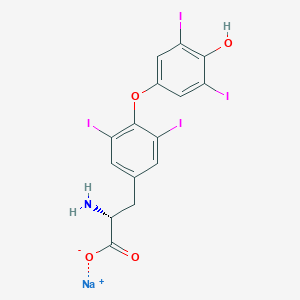-
Categories
-
Pharmaceutical Intermediates
-
Active Pharmaceutical Ingredients
-
Food Additives
- Industrial Coatings
- Agrochemicals
- Dyes and Pigments
- Surfactant
- Flavors and Fragrances
- Chemical Reagents
- Catalyst and Auxiliary
- Natural Products
- Inorganic Chemistry
-
Organic Chemistry
-
Biochemical Engineering
- Analytical Chemistry
- Cosmetic Ingredient
-
Pharmaceutical Intermediates
Promotion
ECHEMI Mall
Wholesale
Weekly Price
Exhibition
News
-
Trade Service
| Scientists Summarize Progress in Molecular Biology of Fungal Effects |
Crop fungal diseases are one of the most important threats to agricultural safety in our country
.
Pathogenic fungi invade host plants, secrete a large number of effector molecules to help obtain nutrients, inhibit plant immunity, and promote their own reproduction and infection
Recently, the team of Sun Wenwen from the College of Plant Protection of China Agricultural University published an online review article in Acta Botany (English Edition), systematically and detailedly summarizing the latest research progress of effector molecules secreted by plant pathogenic fungi in suppressing plant immunity
.
Phytopathogenic fungi capable of secreting a variety of different structural types of effector molecules, including effector protein, an RNA small, plant hormones and derivatives thereof
.
During the infection process, pathogenic fungi secrete effector molecules through conventional and unconventional secretion pathways, targeting the apoplast space of the host plant and/or different subcellular structures within the cell
Apoplast effector molecules can not only break through the first physical defense line of plant cells by breaking down plant cell walls through a variety of hydrolytic enzyme activities; they can also act on disease-related proteins and antifungal proteins in apoplasts to break through the chemistry of plant cells.
Line of defense; in addition, it can also interfere with the recognition of pathogen-related molecular patterns by immune receptors on the plasma membrane of the host cell, and weaken the extracellular immunity of plant cells
.
After being transported into the host cell, the intracellular effector molecules attack the host cell’s plasma membrane, cytoplasm, and various organelles in the cytoplasm, such as chloroplasts and mitochondria, as well as immune-related molecules in the nucleus, inhibit the host’s immune response and promote pathogenic fungi.
This review comprehensively summarized the research progress of fungal effect molecular biology, focused on its multiple toxic functions in promoting fungal infection, and prospected the future research directions of fungal effect molecules
.
(Source: Wang Fang, China Science News)
Related paper information: https://doi.
https://doi.
org/10.
1111/jipb.
13162







